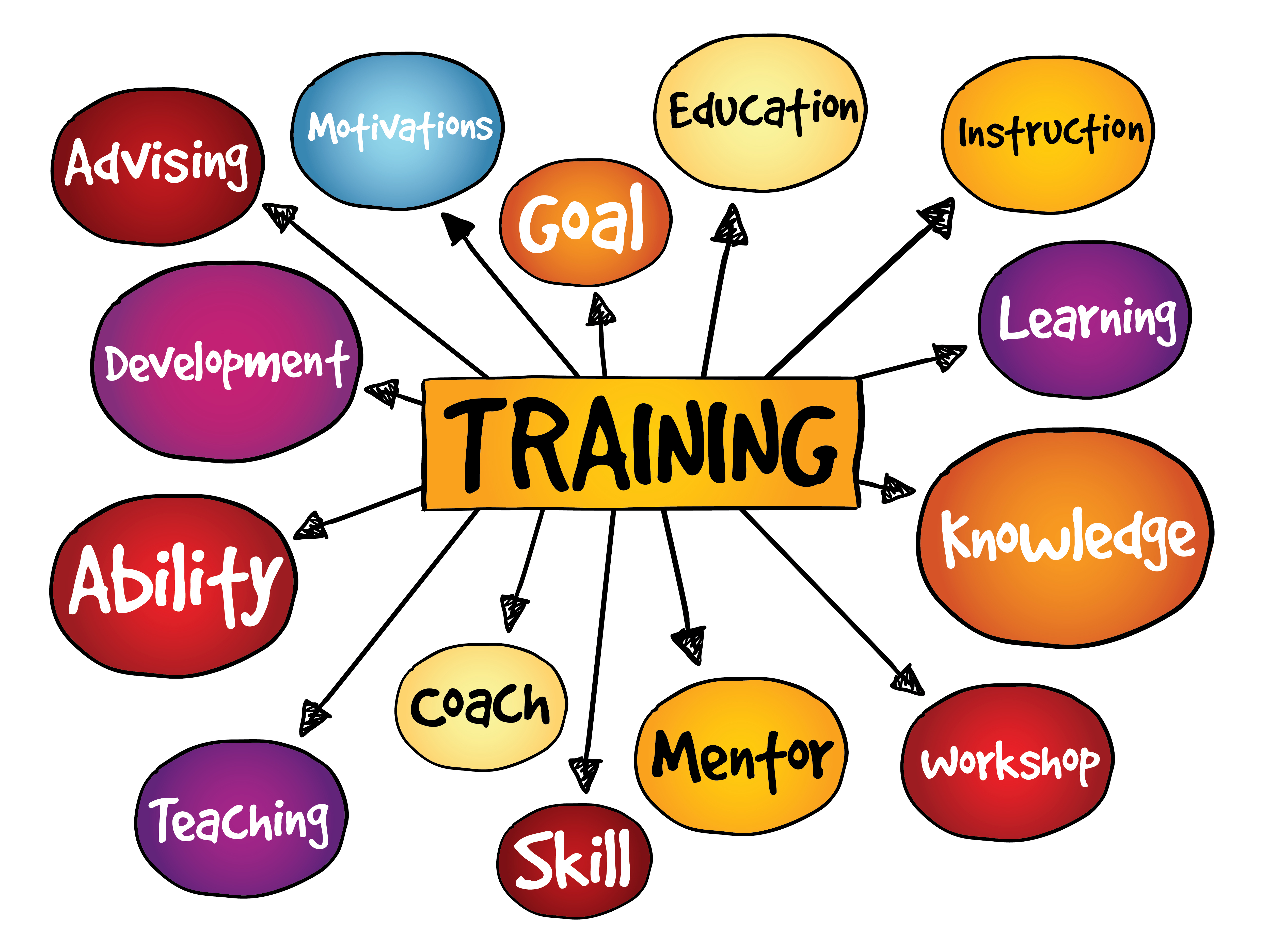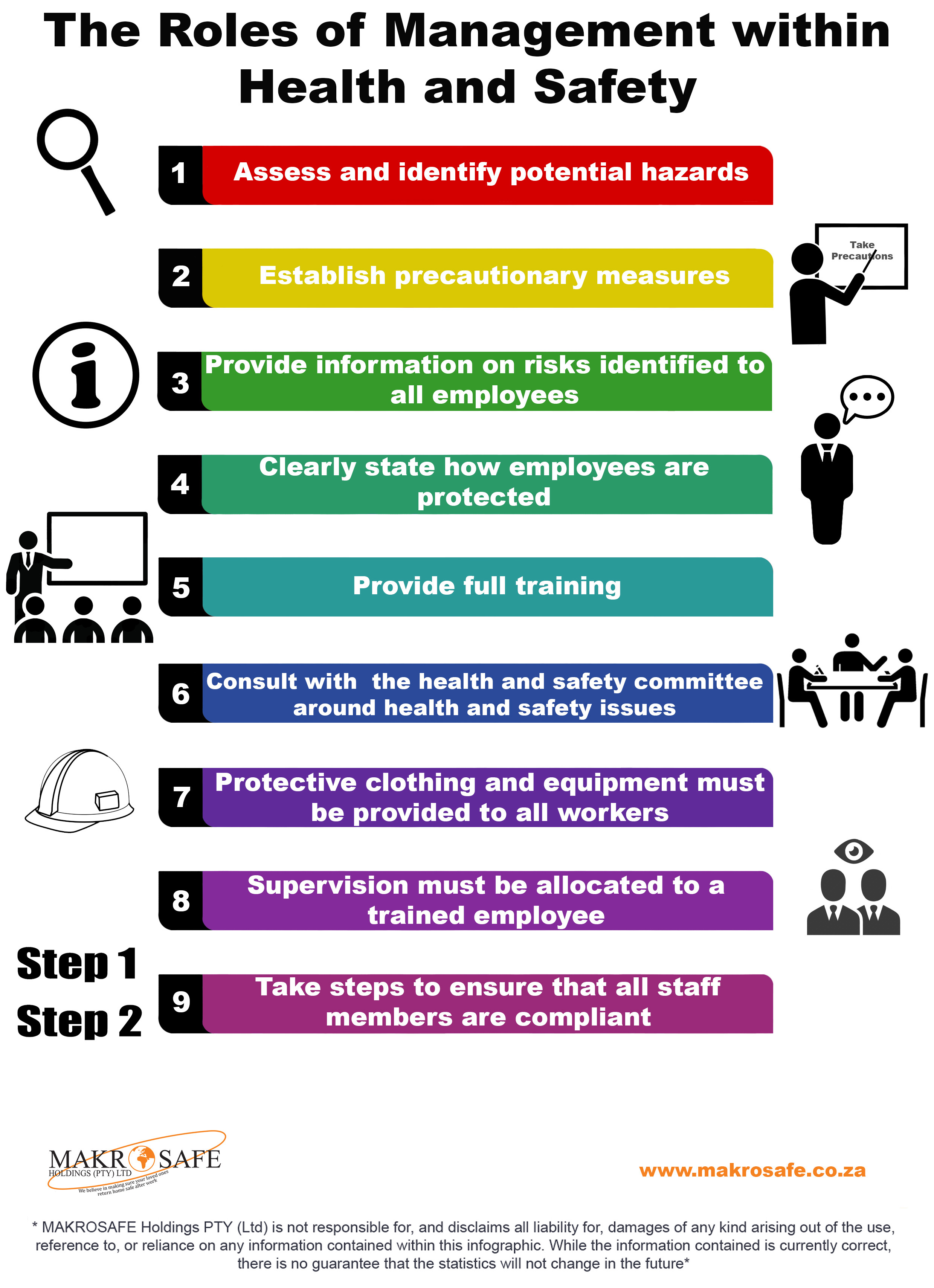Let’s be real here, folks. On-the-job training (OJT) is one of those topics that can spark heated debates in the workplace. You’ve probably heard people argue about whether it’s only management’s job or if employees should step up and take ownership too. So, buckle up because we’re about to dive deep into this conversation and uncover the truth behind who’s really responsible for on-the-job training.
Now, before we get too far into the nitty-gritty, let’s start with the basics. OJT is not just some buzzword thrown around during meetings; it’s a crucial part of any organization’s success. It’s all about equipping employees with the skills they need to thrive in their roles. But here’s the big question: Is it really just management’s responsibility? Spoiler alert—it’s more complicated than you think.
We’re going to explore every angle of this topic, from management’s role to the employee’s involvement, and everything in between. So, whether you’re a manager trying to improve your team’s performance or an employee wondering how you fit into the training process, this article has got you covered. Let’s go!
- Saturn Direct In Pisces A Cosmic Shift Thatrsquos Got Everyone Talking
- What Is Angel Card Your Ultimate Guide To Unlocking Spiritual Messages
What Exactly is On-the-Job Training?
Alright, first things first. Let’s break down what on-the-job training actually means. Simply put, it’s a hands-on learning experience where employees learn by doing their actual job tasks under supervision. Think of it like learning how to drive—you don’t just read a manual; you get behind the wheel and practice. That’s the essence of OJT.
But here’s the thing: OJT isn’t just about teaching someone how to use a piece of equipment or complete a task. It’s also about helping employees understand the company culture, values, and expectations. It’s about setting them up for long-term success, not just short-term wins.
Why On-the-Job Training Matters
Now, you might be wondering, “Why does OJT even matter?” Well, let me tell you, it matters a whole lot. According to a study by the Association for Talent Development (ATD), companies that invest in employee training see a 24% higher profit margin than those that don’t. That’s a pretty compelling reason right there.
- Celebrity Breast Implants The Inside Scoop On Hollywoodrsquos Most Talkedabout Trend
- Morgan Ingram Mom The Story Of Strength Love And Resilience
Here are some key benefits of OJT:
- It boosts employee confidence and competence.
- It reduces errors and improves productivity.
- It enhances job satisfaction and retention rates.
- It helps bridge the skills gap in the workforce.
So, yeah, on-the-job training isn’t just a nice-to-have; it’s a need-to-have for any business that wants to stay competitive.
Is Management Really the Only One Responsible?
This is where the debate gets interesting. The idea that on-the-job training is solely the responsibility of management has been around for ages, but is it really true? Let’s break it down.
Management plays a huge role in OJT, no doubt about it. They’re the ones who design the training programs, assign mentors, and ensure that employees have the resources they need to succeed. But here’s the kicker: management can’t do it all alone. Employees also have a part to play in their own development.
Management’s Role in On-the-Job Training
Let’s talk about what management is supposed to do when it comes to OJT. First off, they need to create a structured training program. This means identifying the skills employees need to learn, setting clear objectives, and providing the necessary tools and resources.
But it doesn’t stop there. Management also needs to:
- Monitor progress and provide feedback.
- Encourage a culture of continuous learning.
- Be approachable and open to questions.
Without these efforts, even the best training program can fall flat.
The Employee’s Role in On-the-Job Training
Now, let’s shift the focus to the employees. Contrary to popular belief, they’re not just passive participants in the training process. They have an active role to play in their own development. Here’s how:
Employees need to take ownership of their learning. That means asking questions, seeking feedback, and applying what they’ve learned in real-world situations. They also need to be open to constructive criticism and willing to adapt when necessary.
Why Employees Should Take Responsibility
You might be wondering why employees should bother taking responsibility for their own training. Here’s why:
- It shows initiative and commitment.
- It leads to faster skill acquisition.
- It increases job satisfaction and career growth opportunities.
At the end of the day, the more effort employees put into their training, the more they’ll get out of it.
The Shared Responsibility Model
So, if neither management nor employees should carry the full weight of on-the-job training, what’s the solution? Enter the shared responsibility model. This approach recognizes that both parties have a role to play in the training process.
Under this model, management provides the framework and resources, while employees take an active role in their own learning. It’s a win-win situation because everyone is working together toward a common goal: employee success.
How to Implement the Shared Responsibility Model
Implementing this model requires a bit of effort, but it’s definitely worth it. Here’s how you can do it:
- Encourage open communication between management and employees.
- Set clear expectations for both parties.
- Provide opportunities for employees to give feedback on the training process.
By fostering a collaborative environment, you can ensure that on-the-job training is effective and sustainable.
Challenges in On-the-Job Training
Of course, no training program is without its challenges. Some of the common hurdles in on-the-job training include:
- Lack of time and resources.
- Resistance to change from employees.
- Inconsistent training methods.
But here’s the good news: these challenges can be overcome with the right strategies. For example, management can prioritize training by allocating dedicated time and budget for it. They can also address resistance by clearly communicating the benefits of training and involving employees in the process.
Best Practices for Effective On-the-Job Training
If you want your on-the-job training program to succeed, you need to follow some best practices. Here are a few tips:
- Start with a needs assessment to identify skill gaps.
- Use a variety of training methods, such as mentoring, coaching, and simulations.
- Measure the effectiveness of your training program through assessments and feedback.
By following these practices, you can ensure that your training program is not only effective but also engaging for employees.
Data and Statistics to Support the Importance of OJT
Let’s back up our claims with some solid data. According to a report by LinkedIn, 94% of employees would stay at a company longer if it invested in their career development. That’s a pretty powerful statistic, don’t you think?
Here are a few more stats to consider:
- Companies that offer comprehensive training programs have a 218% higher income per employee than those that don’t.
- 70% of learning happens on the job, according to the 70:20:10 model.
These numbers clearly show that on-the-job training is not just beneficial—it’s essential.
Case Studies: Successful On-the-Job Training Programs
To give you a better idea of what effective on-the-job training looks like, let’s look at a couple of real-world examples.
Case Study 1: Google
Google is known for its innovative approach to employee development. They offer a variety of on-the-job training programs, including mentorship opportunities and project-based learning. As a result, they’ve been able to maintain a highly skilled and motivated workforce.
Case Study 2: Tesla
Tesla takes a hands-on approach to training its employees. They provide extensive on-the-job training for their production workers, ensuring that they have the skills needed to work with cutting-edge technology. This has helped them maintain their competitive edge in the automotive industry.
Conclusion: It’s a Team Effort
So, there you have it. On-the-job training isn’t just the responsibility of management—it’s a shared responsibility between management and employees. By working together, both parties can create a training program that’s effective, engaging, and impactful.
Now, here’s the call to action: If you’re a manager, take a look at your current training program and see where you can improve. If you’re an employee, start taking ownership of your own development. Together, we can make on-the-job training the success story it deserves to be.
Table of Contents
- What Exactly is On-the-Job Training?
- Why On-the-Job Training Matters
- Is Management Really the Only One Responsible?
- Management’s Role in On-the-Job Training
- The Employee’s Role in On-the-Job Training
- The Shared Responsibility Model
- Challenges in On-the-Job Training
- Best Practices for Effective On-the-Job Training
- Data and Statistics to Support the Importance of OJT
- Case Studies: Successful On-the-Job Training Programs
- Bella Thorne Engagement Ring A Glittering Story Of Love And Style
- Deja And Justin Rollins A Modern Love Story Thats Got Everyone Talking


